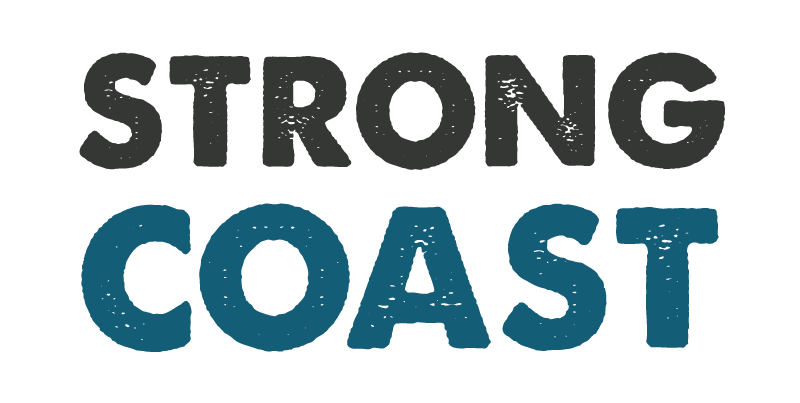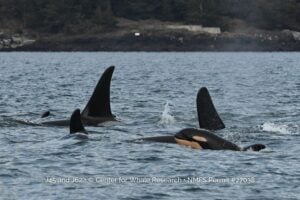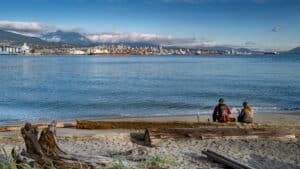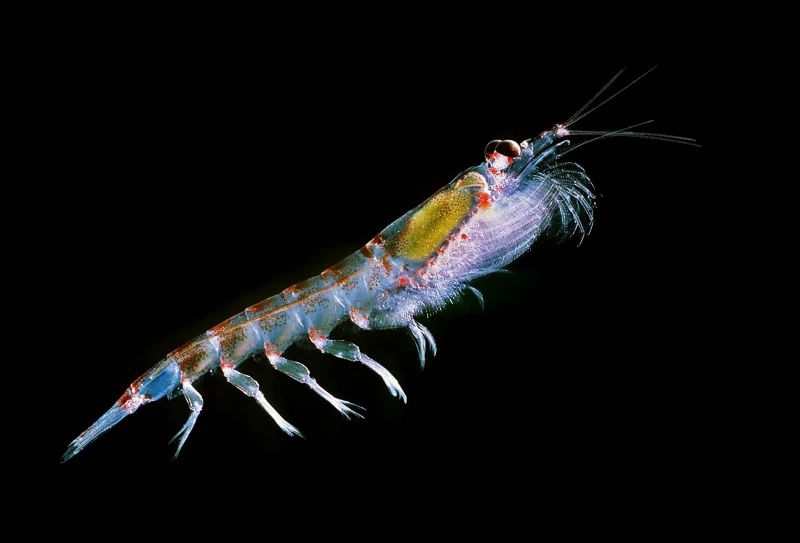
Once considered inexhaustible, Antarctic krill are now facing unprecedented pressures from climate change, industrial fishing, and pollution. Scientists warn that without stronger protection, the decline of these tiny crustaceans could have far-reaching consequences, both for the planet’s climate and for the marine species that depend on them for survival.
Climate Change and Shrinking Habitat
Antarctic krill are especially vulnerable to the impacts of changing ocean temperatures. The Antarctic Peninsula, where krill are most abundant, is warming nearly five times faster than the global average, leading to the depletion of sea ice.
“Sea ice is critically important for Antarctic krill,” says Hauke Flores, a marine biologist at the Alfred Wegener Institute for Polar and Marine Research in Germany. “Without these algae that grow inside the sea ice, they will simply not survive.”
As sea ice declines, krill are shifting farther south in search of suitable habitat. A 2023 study led by So Kawaguchi of the Australian Antarctic Division predicts that if carbon emissions remain unchecked, krill hatch rates in parts of the Southern Ocean could fall by 70% within the next century. In addition to climate stressors, a 2024 study found that increasing plastic pollution in the Southern Ocean could reduce krill’s carbon sequestration potential by 27%.In BC, warming sea temperatures and changing ocean conditions have also affected a keystone species, herring. Organizations like Pacific Wild and the Sea Shepherd Society have raised concerns about the 60% decline in BC’s herring population between 2016 and 2020.
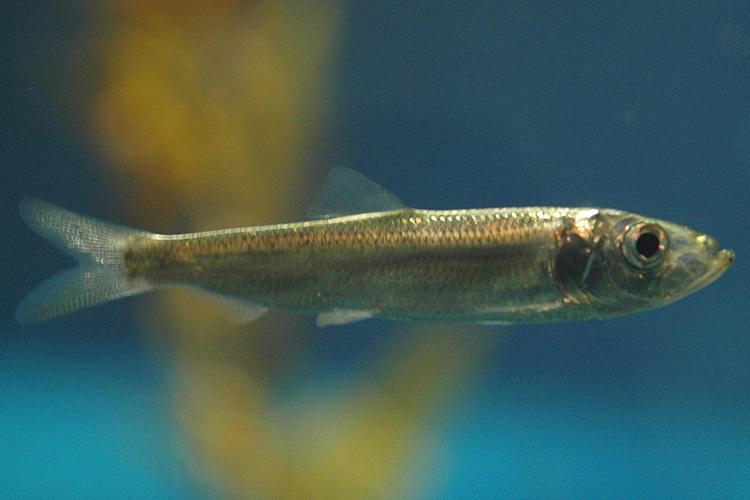
In February 2025, DFO raised the herring harvest quota in BC’s Strait of Georgia to over 10,850 metric tonnes, citing “historically high” stock levels based on long-term data. The government claims the fishery leaves 80% of the spawning biomass intact. However, experts argue that DFO’s assessment relies too heavily on long-term averages and ignores recent shifts in ecosystem health and global warming impacts. Moreover, a number of times in recent years, DFO has overestiamed the returning biomass, resulting in the Strait of Georgia herring population being overfished. The 2024/2025 Integrated Fisheries Management Plan for Pacific Herring states that stocks in Haida Gwaii, the Central Coast, and the West Coast of Vancouver Island remain in the “critical zone,” with spawning biomass below established limit reference points, which means these herring fisheries will remained closed
Industrial Fishing Intensifies Pressure
Antarctic krill are harvested for products such as omega-3 supplements, aquaculture feed, and livestock additives, and the krill fishery is worth an estimated $250 million annually.
The Commission for the Conservation of Antarctic Marine Living Resources (CCAMLR) manages krill fishing in the Southern Ocean. However, in October 2024, the commission failed to renew a key measure that restricted concentrated fishing in vulnerable areas, due to opposition from China and Russia.
Zephyr Sylvester, an environmental researcher at the University of Colorado Boulder, warns that this lapse in protection could have significant consequences. “We’ll learn a lot about the integrity of the fishery” without these restrictions, she says. “It shouldn’t be the burden of consumers to enforce sustainable fishing practices.”
“Krill are, by fact of life, living and molting and pooping and dying, and all that is very important to bring carbon from the surface ocean to the deep sea.”
Matthew Savoca, an ecologist at Stanford University

Similarly, Pacific herring in BC have long supported commercial fisheries, particularly for roe. In the 1980s, the BC herring fishery was valued at over $50 million annually. However, the herring roe kill fishery has received significant criticism for targeting fish during their spawning season, harvesting them almost exclusively for their roe. After extracting the roe, the rest of the fish is often wasted or reduced to low-value products like fish meal and fertilizer. Male herring, which do not produce roe, are frequently discarded or underutilized, despite their ecological importance. This practice results in the mass removal of both female and male herring at the very point they are trying to reproduce, undermining population recovery.
Protecting Keystone Species
Antarctic krill are one of the most important species in the Southern Ocean. With an estimated population of over 700 trillion individuals, their vast swarms can even be seen from space. Krill form the base of the Antarctic marine food web, serving as a primary food source for numerous species, including baleen whales, such as humpback and blue whales, as well as penguins, seals, squid, and fish.
“Krill are, by fact of life, living and molting and pooping and dying, and all that is very important to bring carbon from the surface ocean to the deep sea,” says Matthew Savoca, an ecologist at Stanford University.
In addition to their role in the food chain, krill contribute to the ocean’s biological carbon pump. By feeding on phytoplankton and excreting carbon-rich waste, krill help sequester billions of tonnes of carbon at the seafloor, a process estimated by the WWF to be worth over $15 billion annually in climate regulation benefits..
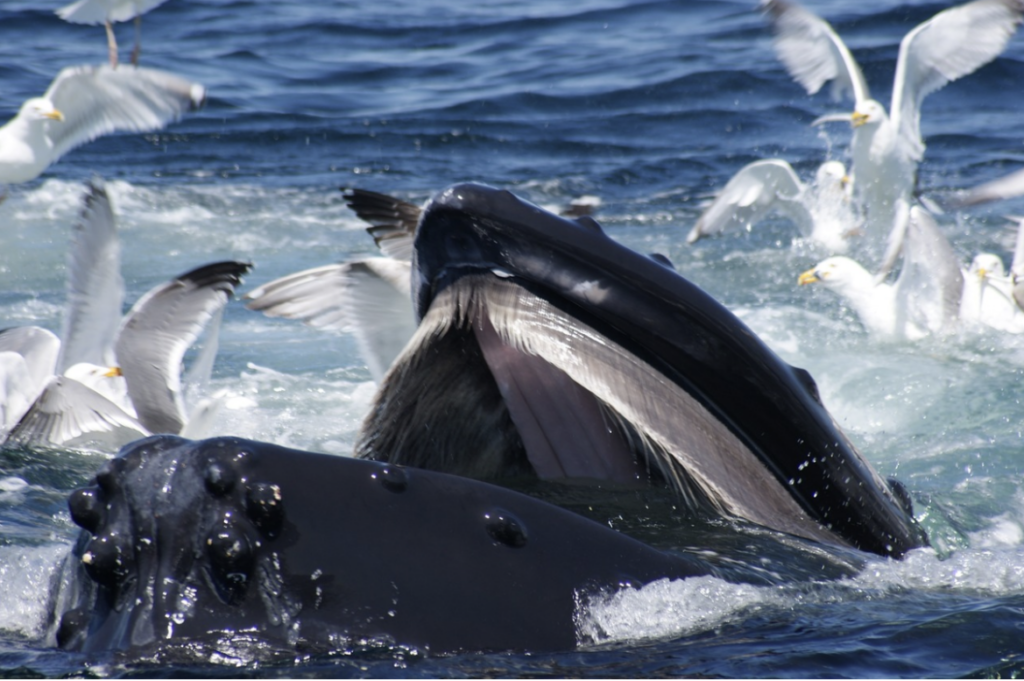
In British Columbia, Pacific herring occupy a similarly critical position in the marine food web. These forage fish are a key prey species for humpback whales, sea lions, Pacific salmon, and seabirds, including common murres and rhinoceros auklets. Herring eggs are also an important seasonal food source for migratory birds and marine mammals during spawning events along BC’s coastlines.
Pacific herring declines in BC will impact marine predators, including salmon, which are culturally and economically vital to many coastal communities. Like krill in Antarctic waters, herring in BC supports complex food webs, but both are now under stress from similar threats, including warming oceans, habitat degradation, and intensive fishing.
“You only have to look as far as our own country for the story of passenger pigeons to show you how quickly something can go from being incredibly abundant to extinct.”
Matthew Savoca, an ecologist at Stanford University.
A Call for Stronger Protections
Despite their massive numbers, neither krill nor herring are immune to collapse.
“You only have to look as far as our own country for the story of passenger pigeons to show you how quickly something can go from being incredibly abundant to extinct,” said Savoca.
Scientists and conservationists argue that expanded marine protected areas, stricter fisheries management, and urgent action on climate change are essential to securing the future of these keystone species. As Kawaguchi noted, “There are lots of other things we need to consider. It’s just the start.”
